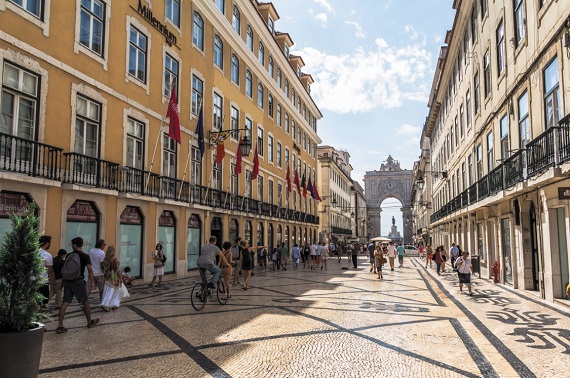___________________________________
GIN AND VERMOUTH go together like rama lamma lamma ka dinga da dinga dong, which, if it wasn’t a lyric from a nonsensical song in the musical Grease, could easily be the latest obscure botanical in either of the aforementioned drinks.
Gin, as we all know, is currently everyone’s favourite spirit and it’s now also being credited with helping to spark a vermouth resurrection, having prompted a new generation of consumers to enjoy learning how botanicals work together to create different flavour sensations.
Given the high percentage of cocktails that vermouth is present in, the fact that its profile has been so low for so long seems a little odd, but the global rise in the popularity of the Negroni and the Martini has helped to drag it back into the limelight and there are no end of new brands springing up all over the world.
According to IWSR figures, vermouth sold 20.7m 9-litre cases in 2015, with the omnipresent Martini brand accounting for nearly half of those but, in common with the rest of the drinks world, these new craft brands are making consumers look twice and helping bartenders to add value to their top-selling cocktails.
Philip Duff, a drinks educator and director of Liquid Solutions Bar & Beverage Consulting, says he can hardly move for new entrants. “Everywhere I look the market is flooding with craft vermouths, whether it’s the UK, Germany, US, Australia or France.
“What makes it tricky is that, much like whisky, it’s quite straightforward to make a vermouth but very, very, very difficult to make a good one. Because making vermouth doesn’t necessarily entail distilling or ageing, you can get it to market with minimal investment, which has driven innovation and created a huge buzz around the category.
“We’ve seen a lot of locally-made vermouths (even in Brooklyn, not famed for its vineyards), wineries bringing out their own vermouths, several collaborations between whiskey and gin with vermouths bespoke to their brands, and much more.
“Indeed, once you delve into vermouth, you emerge with a newfound respect for just how much expertise goes into making a bottle of even the most basic, classic Martini Rosso or Cinzano Bianco.”
These New World takes on what started life in 16th-century northern Italy as a medicinal drink made with aromatised fortified wine may horrify the purists, but their purveyors see them all as opening up the market to new consumers.
Mark Ward, who created Regal Rogue, which uses 100% Australian wine and native Australian botanicals, says his brand is “the disruptor of the modern craft vermouth category”. He adds: “Now most countries have a vermouth. New Zealand’s about to launch one, Australia has gone from having just one to eight or nine, Germany has two or three. We’re seeing everything really evolve very quickly. We’re seeing vermouth bars such as Caffé Dante in New York and Banksii in Sydney where everything is dedicated to vermouth.”




